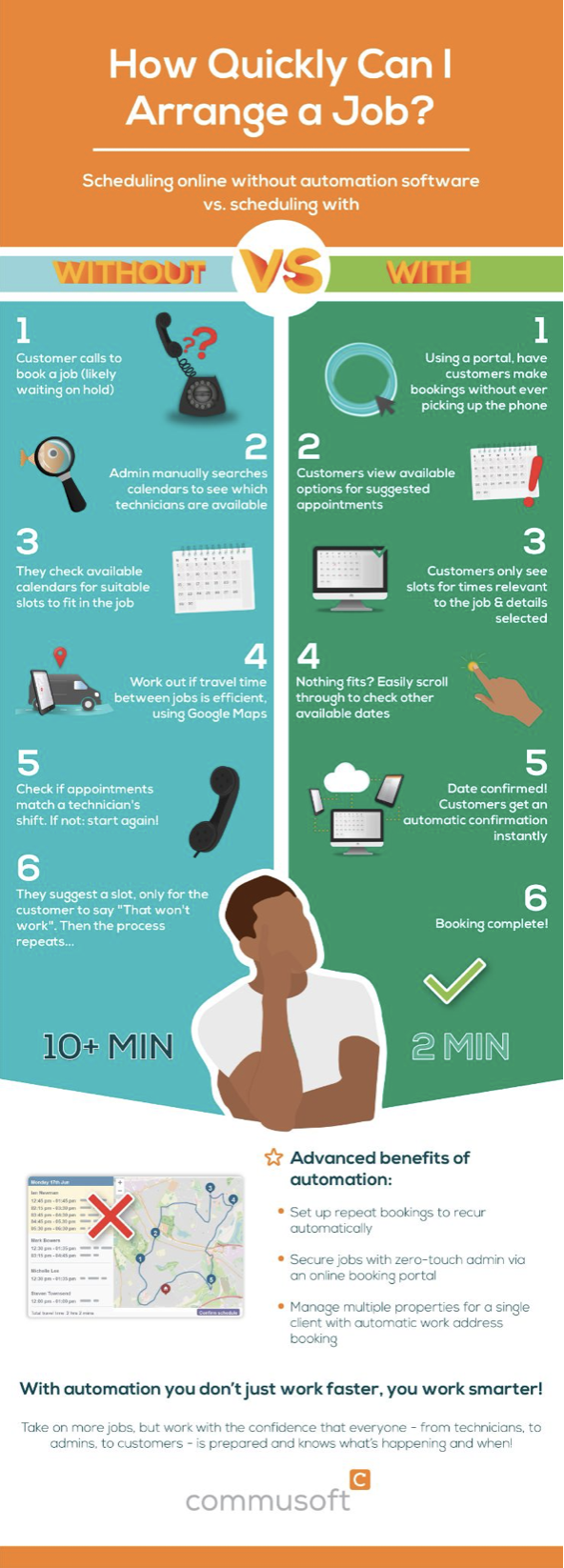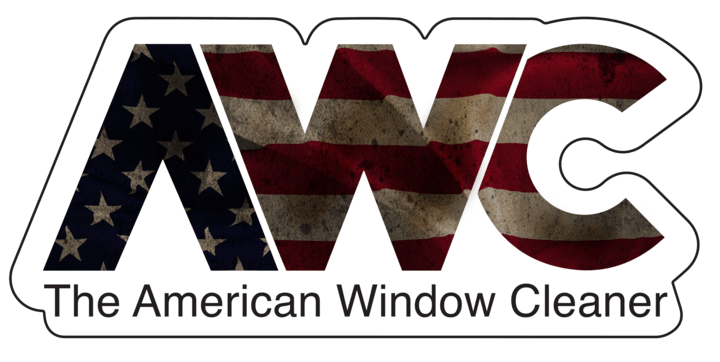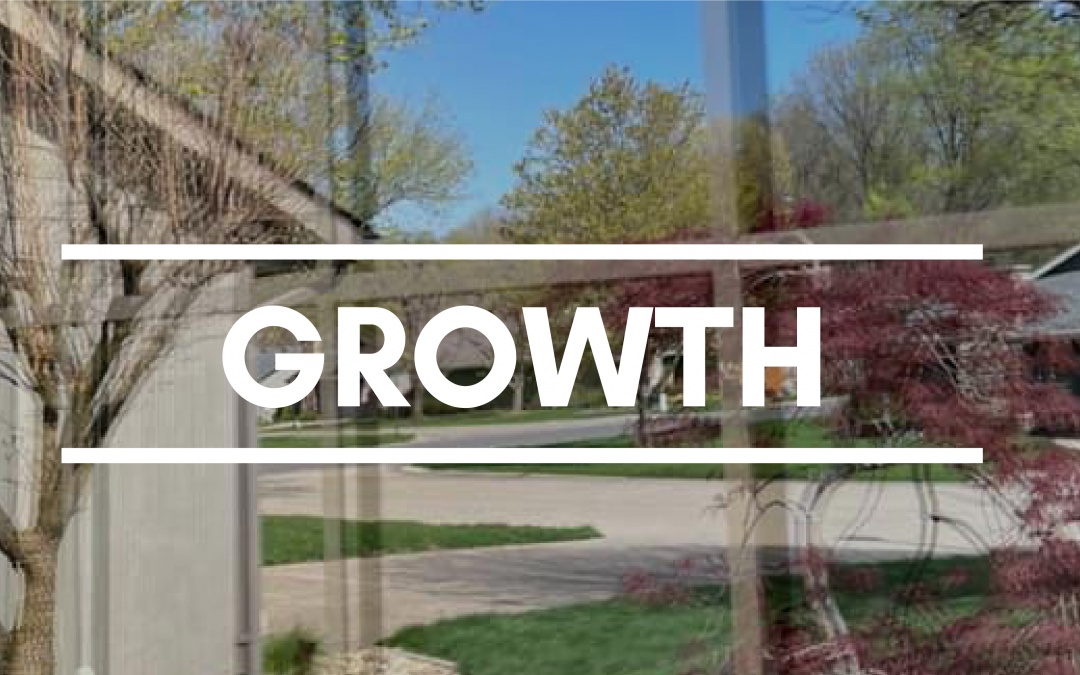If I asked you right now, “Why do you think your window cleaning business is successful?” your answer would most likely be: “Because I can pay my bills.” Now, you wouldn’t be wrong, but simply writing down “money” as your Key Performance Indicator (KPI) can keep you from seeing the bigger picture. In a post-pandemic world, focusing on money alone can, ironically, actually stop you from earning it.
This is why choosing the right KPIs to monitor matters. To achieve long-term success, you first need to define what “long-term” means to you. This will help you decide what kind of business you want to be and how to go about branding yourself. If it’s just the number of customers that matters, you can try to undercut the competition on price. On the other hand, if you value customer experience, then you can focus on how many 4 and 5 star reviews you aim to generate in a year.
These are pretty common KPIs, so I’d like to suggest a few metrics you don’t see as often. Post-pandemic, these KPIs will also do an excellent job of making your business more flexible so that, in the future, you’re better prepared to deal with challenges outside of your control:
1. Net profit per hour per job (as opposed to gross margins)
If you know your overheads like the back of your hand, your net profit per hour is a simple enough calculation to work out. It refers to how much out of every billable hour represents net profit for your business. Generally, business owners calculate their costs (including salaries, office rent, supplies, software subscriptions, etc.) However, per month or year; however, dividing them into billable hours and accounting for job-specific costs can give you a lot more accurate picture.
After you’ve deducted your employee’s salary, supplies, truck costs, etc., you might realize that the kind of job you do most often (e.g., home power washing) is only bringing you about $10-15 in terms of net profit. However, you never noticed that fact because it’s something you’ve done so often, for so long, that it’s always looked like it brought in a lot of money to the business.
So, what is the right net profit per hour? Well, it’s primarily focused on your customer base. Jim DuBois put it very well here: “The ideal clients that you begin to attract are thrilled to pay a premium price because they understand the ROI they are getting is worth their investment.”
Some business owners start with a $20 net profit/hour, while others make $100. Whichever strategy you choose, make sure you’re tracking this essential KPI and aim for it to increase regularly, either by lowering your costs or raising your prices (within reason, that is).
2. Return customer rate
Another great indicator of how well your company is doing (and something you can easily use in marketing campaigns or display on your trucks/website/uniform) is your return customer rate. How many people have hired you twice, or more, in a single year? So, if you’ve had 1000 customers this year and out of those, 400 were returning, then your return customer rate was 40%.
It’s a lot more common to see businesses focusing on increasing the number of new customers as much as possible, which is great but can lead to sloppy customer experiences and bad reviews. Striking a balance between getting new people to hire you and having a reliable revenue stream from loyal customers will help your business to weather practically any challenge, even if work were to dry up (as with the pandemic) suddenly.
If you want to increase your return customer rate, you need to keep a good record of every customer you serve. It will help if you start devising some strategies that help actively encourage them to come back, rather than rely on hoping that they do. A digital database is a most basic (but still highly efficient) way to manage your contacts. It will enable you to email marketing campaigns, send automated service reminders, all so that you can target the right people at the right time and collect a wide variety of positive feedback.
3. Time spent on repetitive admin
The time you spend on admin is an overhead, so the more you reduce it, the more time you have to spend with your actual, paying customers. Emails, confirmations, invoices, data errors, etc., All these take your team away from doing the job they’re being paid to do and prevent them from interacting with customers to deliver the best, most personal experience they possibly can.
Time is a commodity. Use it wisely!
Some repetitive tasks result from overworked admins making mistakes (e.g., rebooking a customer because they weren’t home when your techs arrived). In contrast, others are simply a part of doing business (confirmation emails, appointment reminders, etc.), and your admin team might be struggling with either or even both of them. A few more examples of more advanced repetitive tasks:
• Booking in routine jobs
• Remembering to send service reminders
• Having multiple people on-site and asking them all to complete the same reports
• Sending multiple invoices to the same customer because there’s no option for a consolidated invoice
• Debt chasing
Suppose even one employee spends one hour a day just scheduling maintenance work and sending generic emails to customers, and their hourly rate is $35. In that case, some quick math will tell you excessive admin activities (ones that could easily be automated) are costing you $200/week, $800/month.
Driving this number down can be a great KPI post-pandemic because it means your business is a lot more efficient and capable of investing those saved man-hours into something with a bigger return on investment. Like improving the customer experience (and, as a result, that return rate I mentioned earlier).
4. Employee wellbeing
This is probably one of the toughest KPIs, mainly in terms of measuring it and benchmarking it.
After all, what is a happy employee?
At the same time, the benefits of having satisfied employees are clear: they’re more productive, so they work harder and for longer without losing satisfaction, and they’re less likely to leave you in a pinch when the competition offers them a few bucks more.
Employee turnover is a significant drain on window cleaning companies, so having high employee wellbeing as a KPI can go a long way towards minimizing that cost. Measuring it can be done via regular, anonymous surveys where employees can report their satisfaction on a scale from 1 to 10 and discuss what they’d like to see implemented in the future. Frustrations can arise from places you’d never suspect, like too much paperwork, finicky tools, or poor communication with teammates. Post-pandemic, many employees will be under great stress, quickly translating into lost productivity, absenteeism, and turnover.
As a leader, you’re in a position to influence all those things positively, but it’s also true that you can’t be expected to think of everything all the time. That’s why measuring employee wellbeing, and offering opportunities to engage with your staff can also help to shape the business decisions you make in the future.
The takeaway on post-pandemic KPIs: All in all, key performance indicators can serve any business well, especially post-pandemic. It gives you an idea of your current situation and sets exact, measurable expectations for the future. In the end, if you don’t know what is wrong, how can you hope to fix it?
-By James Morjaria
Bio: Jason Morjaria is the founder and CEO of Commusoft, based in Chicago, IL. If you’re looking for a new way to run your business, Commusoft is a window cleaning management software that can help you bring all your operations onto one screen, making your teams more efficient. Commusoft offers users a remarkable customer experience, with tools such as live vehicle tracking, automated communications, and much more.

